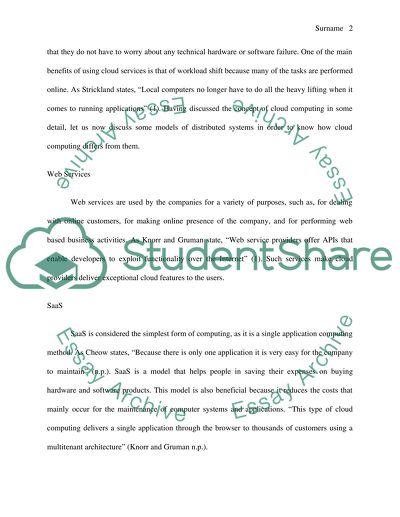Cite this document
(“Telecommunications and Networking : CLOUD COMPUTING Essay”, n.d.)
Telecommunications and Networking : CLOUD COMPUTING Essay. Retrieved from https://studentshare.org/information-technology/1478925-telecommunications-and-networking-cloud-computing
Telecommunications and Networking : CLOUD COMPUTING Essay. Retrieved from https://studentshare.org/information-technology/1478925-telecommunications-and-networking-cloud-computing
(Telecommunications and Networking : CLOUD COMPUTING Essay)
Telecommunications and Networking : CLOUD COMPUTING Essay. https://studentshare.org/information-technology/1478925-telecommunications-and-networking-cloud-computing.
Telecommunications and Networking : CLOUD COMPUTING Essay. https://studentshare.org/information-technology/1478925-telecommunications-and-networking-cloud-computing.
“Telecommunications and Networking : CLOUD COMPUTING Essay”, n.d. https://studentshare.org/information-technology/1478925-telecommunications-and-networking-cloud-computing.


